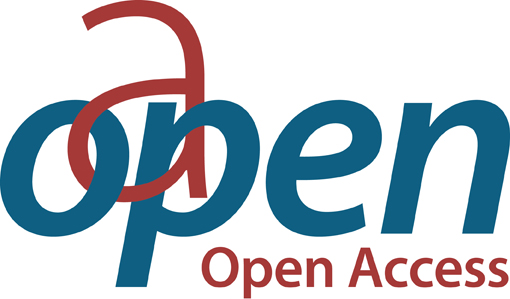Chapter Opportunities of Scanning Probe Microscopy for Electrical, Mechanical and Electromechanical Research of Semiconductor Nanowires
Author(s)
Geydt, Pavel
Dunaevskiy, M. S.
Lähderanta, Erkki
Language
EnglishAbstract
In this chapter, three types of phenomena (electrical, mechanical, and electromechanical) that can be investigated in individual III–V semiconductor nanowires with scanning probe microscope are presented. Transport measurements in GaAs nanowires based on stable electric connection provided opportunity to study individual vertical freestanding nanowires under gentle precisely controlled force. Latter approach appears superior to studies of horizontally fixed nanowires because studying vertical as‐grown nanowires avoids charge leakage into the substrate and impact of defects caused by breakage of nanowires. Principles of thermionic emission theory are used to characterize electrical effects in individual as-grown nanowires. Effects of SiO2 protective layer, surface passivation layers, illumination, and influence of sweeping rate of current‐voltage recording are analyzed. Elastic studies are performed for individual InP nanowires affixed at one end. Bending of the tapered nanowires with diameters of a narrow free end either 10 or 20 nm was performed under different loading forces. It allowed calculation of flexibility coefficient profiles along the nanowires’ axes. Improved numerical model for tapered nanowires leads to the finding of Young’s modulus of wurtzite InP material in nanowires. Piezoelectric measurements permitting registration of reverse piezo effect with opportunities of direct piezo response recording for individual wurtzite GaAs nanowires are briefly described.
Keywords
scanning probe microscopy, AFM, PFM, current-voltage characteristics, Young’s modulusDOI
10.5772/intechopen.68162Publisher
InTechOpenPublisher website
https://www.intechopen.com/Publication date and place
2017Classification
Condensed matter physics (liquid state & solid state physics)


 Download
Download